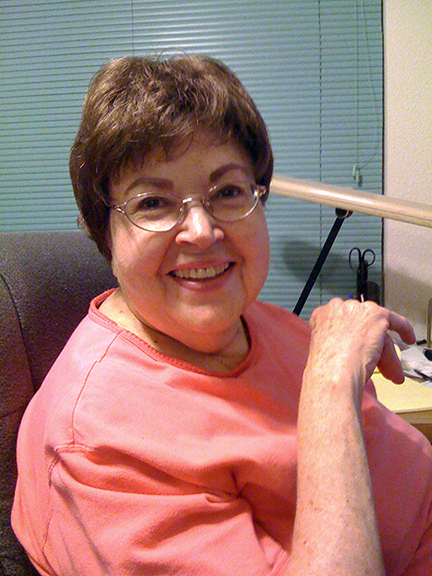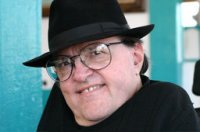Reviewed by Nicholas S. Hill, MD, Tufts-New England Medical Center, Boston, Massachusetts
It is critically important that polio survivors, especially those diagnosed with post-polio syndrome, obtain proper testing, diagnosis, and management of breathing and sleep problems.The problems may result from weak breathing muscles in the chest and abdomen (diaphragm and intercostals).
Read More…
 Grace Young
Grace Young
When I had polio at age 9, I was happy to have a wheelchair - any wheelchair - that would allow me the freedom to leave my bedroom. The only model available at that time was all wood with a cane back and wooden wheels. Undoubtedly it’s featured in the Smithsonian now. Large, heavy, clunky - forget taking it outside the house. It was a feat to even move it inside the house.
Read More…
Grace Young
My most shocking revelation was that I really did have a disability. That didn’t happen for almost forty years after I had polio. At age 46 I started working at Kaiser and my supervisor asked me, “Grace, do you consider yourself disabled?” It was the height of affirmative-action consciousness and he needed to identify minority members of his department. But the question felt like a slap in the face. Why would he ask that? I thought about it and finally said, “I guess I am.”
Read More…
Grace Young
My life changed course when I had polio at age nine, but I was too young to realize it. When a person is disabled in adulthood their whole world is turned upside down pretty quickly. At the age of nine, I only knew that I couldn’t walk, play outside with my friends, or go to school for a year.
But what really charted the course for my future was being a patient of a physical therapist, Miss Waddell, who had been trained by Sister Kenny.
Read More…
 William Stothers
William Stothers
It all depends on your disability, of course, but most of us probably pay out more money, and most likely more time and energy, to manage our daily routines than non-disabled people.
For example, even with health insurance, I shell out a steady flow of funds for wheelchair repairs, other orthopedic equipment and ventilator supplies.
Read More…
 Grace Young
Grace Young William Stothers
William Stothers